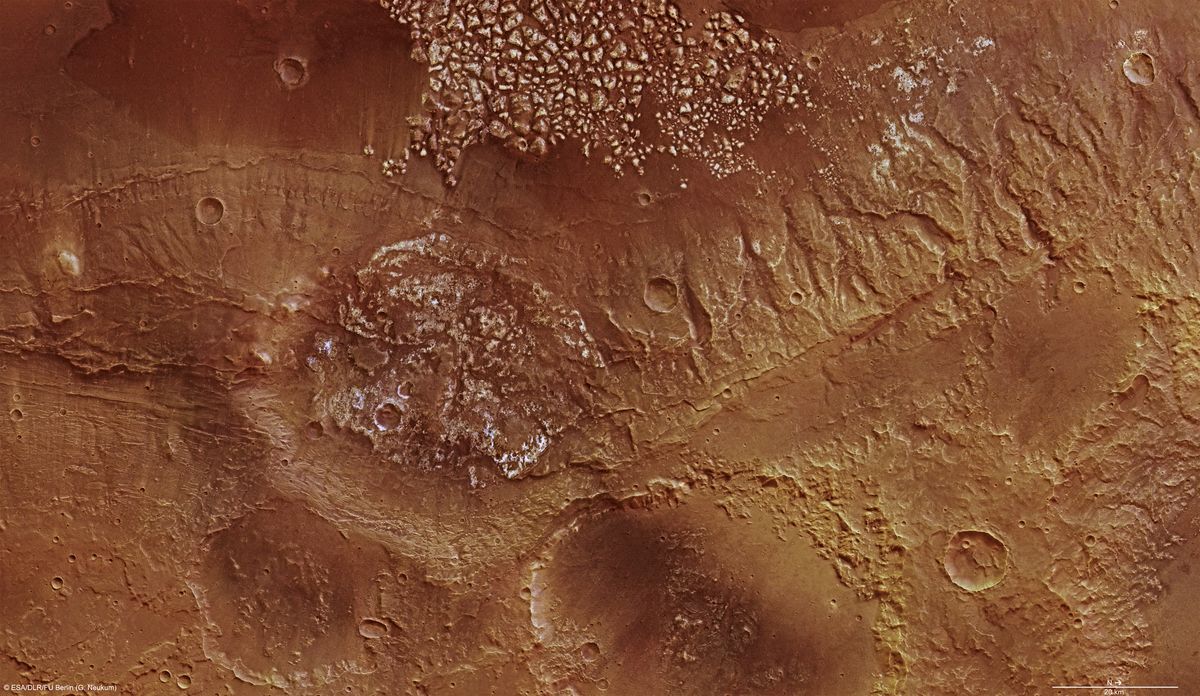
© Erik Pendzich/Rex Features
When I started investigating a news story about the possible cause of King Tutankhamen's death, I never expected to end up on the trail of his penis.
As I've reported today, a letter published in
JAMA this week suggests that contrary to what was said earlier this year, the boy pharaoh did not die of a combination of an inherited bone disorder and a nasty case of malaria, but of a genetic disease called sickle-cell anemia.
This letter is just one of six comments that
JAMA has published on the work, carried out by Egypt's chief archaeologist Zahi Hawass and colleagues. Another one suggests that Tut and his relatives may have suffered from a hormonal disorder that is similar to Antley-Bixler syndrome. In this singularly interesting syndrome, a single
genetic mutation causes elongated skulls, and over-production of oestrogen. Male sufferers can have distinctive physical features, including breasts and under-developed genitalia.
Irwin Braverman of Yale Medical School and Philip Mackowiak of the Veterans Affairs Medical Center in Baltimore, Maryland, believe that a variant of this syndrome could explain why artwork from the time depicts Tut and his relatives - in particular his father Akhenatun - as having feminine bodies, with hips and breasts, and particularly long heads.



Comment: Do you ever wonder where your tax money goes ?